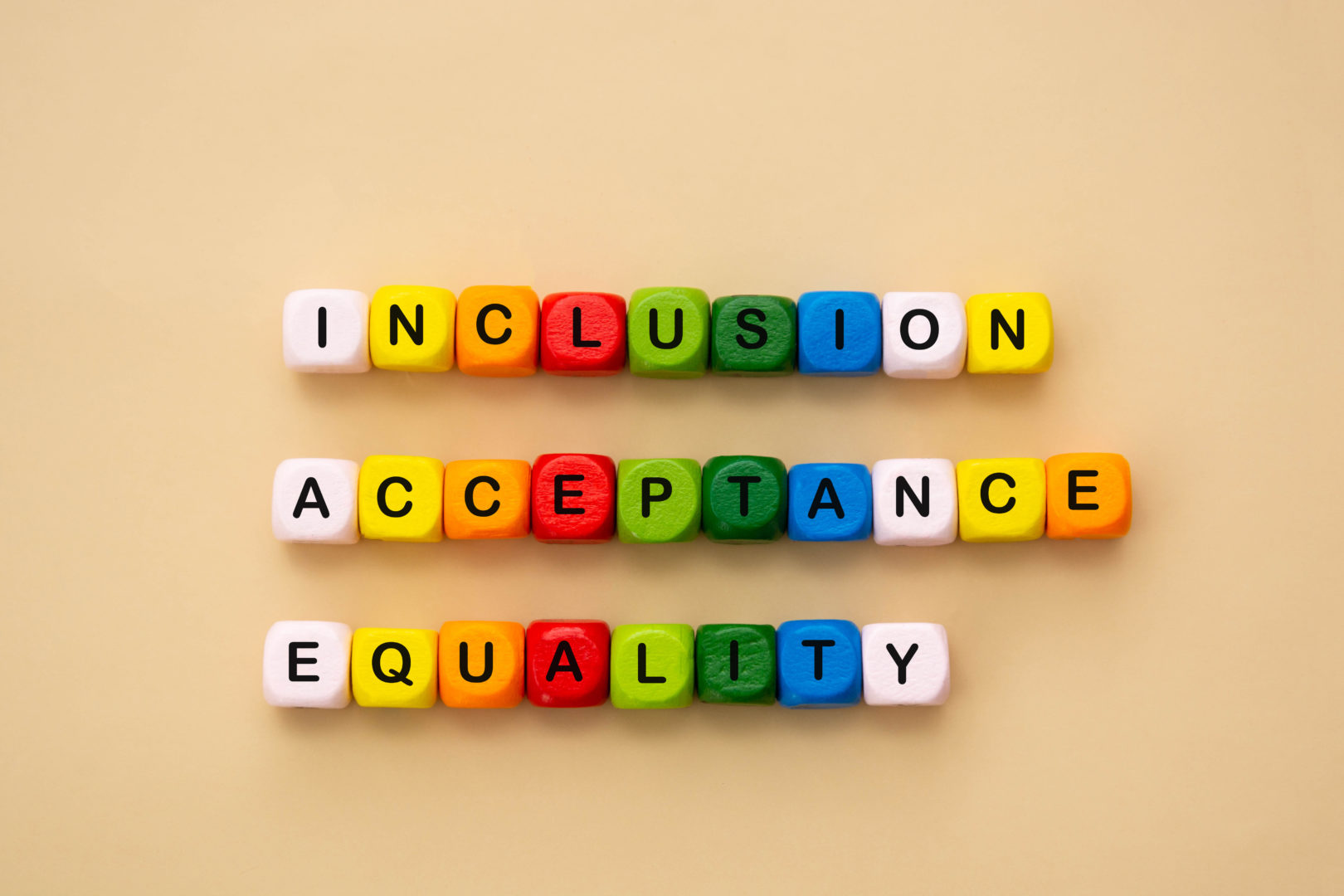What workplace equity looks like for LGBTQ and other communities.
It wasn’t too long ago that homosexuality was considered a mental disorder. Since that idea was disproven in 1973, there’s been significant progress toward LGBTQ workplace equality, but there are still millions who fear that who they are could put their job at risk.
Workplace equity can help employees and employers alike. Workplaces that value diversity and inclusion brood success by attracting top talent and increasing employee satisfaction, boosting performance and favorable outcomes.
It’s 2022—employers can do better for their employees with inclusive policies, equal benefits, and promoting a culture of inclusion. Let’s take a closer look at what equality in the workplace means and how employers can lead the way for a more inclusive tomorrow.
What is equality in the workplace?
Equality in the workplace means that every employee is treated fairly regardless of race, gender, or sexual orientation. At its most basic form, equality in the workplace means that employees cannot be discriminated against.
Why is workplace equity for LGBTQ and other communities so important? Because 38%1 of transgender and non-binary employees are either unsure of their employer’s support or stated that their employer was trans-unsupportive. This number is far too high and shows that workplace equality and inclusion still has a long way to go.
Your employees should feel like they are on a team where everyone belongs, regardless of sexual orientation or gender identity.
Celebrating Pride is a good start, but it’s not enough.
Achieving equality in the workplace is more than simply waving a rainbow flag during the month of June. Companies need to go beyond these public gestures of support.
According to Community Marketing & Insights (CMI), 87%1 of respondents believe that if a company openly supports LGBTQ equality legislation, it shows that they strongly support the LGBTQ community.
“Sponsoring and supporting Pride is a strong building block to a greater inclusion strategy. Corporate accountability can’t start and end in June. Workplace inclusion is 24/7, 365 days per year” – Benjamin Jenkins, National LGBT Media Association
Your leadership team should connect with marketing and communication departments about promoting inclusive marketing year-round. Supporting Pride month is a start to an inclusive marketing strategy, but don’t forget about the 11 other months of the year!
We’ve made progress, but there’s still more work to do.
81% of LGBTQ community members feel that their employer is LGBTQ friendly and supportive. Such a high percentage sparks hope that workplace equity is heading in the right direction, but employers can do more. Here are 4 ways employers can take action to create an inclusive workplace:
1. Update your policies
When it comes to workplace equity, start with the basics. Review and update your harassment, bullying, and discrimination policies to ensure that LGBTQ individuals are included. Expand your anti-discrimination policy to include protections for sexual orientation and gender identity and clearly define what discrimination and harassment look like.
Discrimination and harassment can be anything from making sexist comments to gossiping over the water cooler to deliberately overlooking an employee based on a certain characteristic.
2. Talk about pronouns
Pronouns are incredibly important when it comes to inclusion in the workplace, they can also be intimidating. For decades gender identities and expressions weren’t something employees had to think twice about. Binary pronouns, she/her/hers and he/him/his, were the only options to choose from.
But while some employees identify on a binary scale, others do not. Employees who are gender fluid or non-binary don’t self-identify as male or female and may prefer the pronouns they/them/theirs. And while that may shock the gender norm, everyone deserves to have their pronouns respected in the workplace.
3. Adjust recruitment processes
Workplace inclusion and diversity is imperative during recruitment. You want to attract potential candidates who can uphold your company’s values.
Make it clear in the job descriptions that everyone is welcome, no matter their gender identity or sexual orientation. Don’t forget to use gender-neutral language in job descriptions and other communications as well! You can also advertise your organization and any job openings in LGBTQ+ media to both extend your reach and showcase your allyship.
4. Train your staff and set expectations
Communicate policy changes to your entire staff and make sure they understand that discrimination in any form will not be tolerated.
Training sessions are crucial and should focus on company values and real-life scenarios so your employees fully understand what behaviors are acceptable and which are not. Employers should discuss the importance of pronouns and gender-neutral language, how employees can be an ally to the LGBTQ community, and how to report any incidences of discrimination.
Company training sessions may not be the most fun activity for your employees, but it helps create a company culture that is rooted in inclusion, respect, and integrity.
Remember that an inclusive workplace isn’t about agreeing with everybody on everything. It’s about respecting the people around you.








